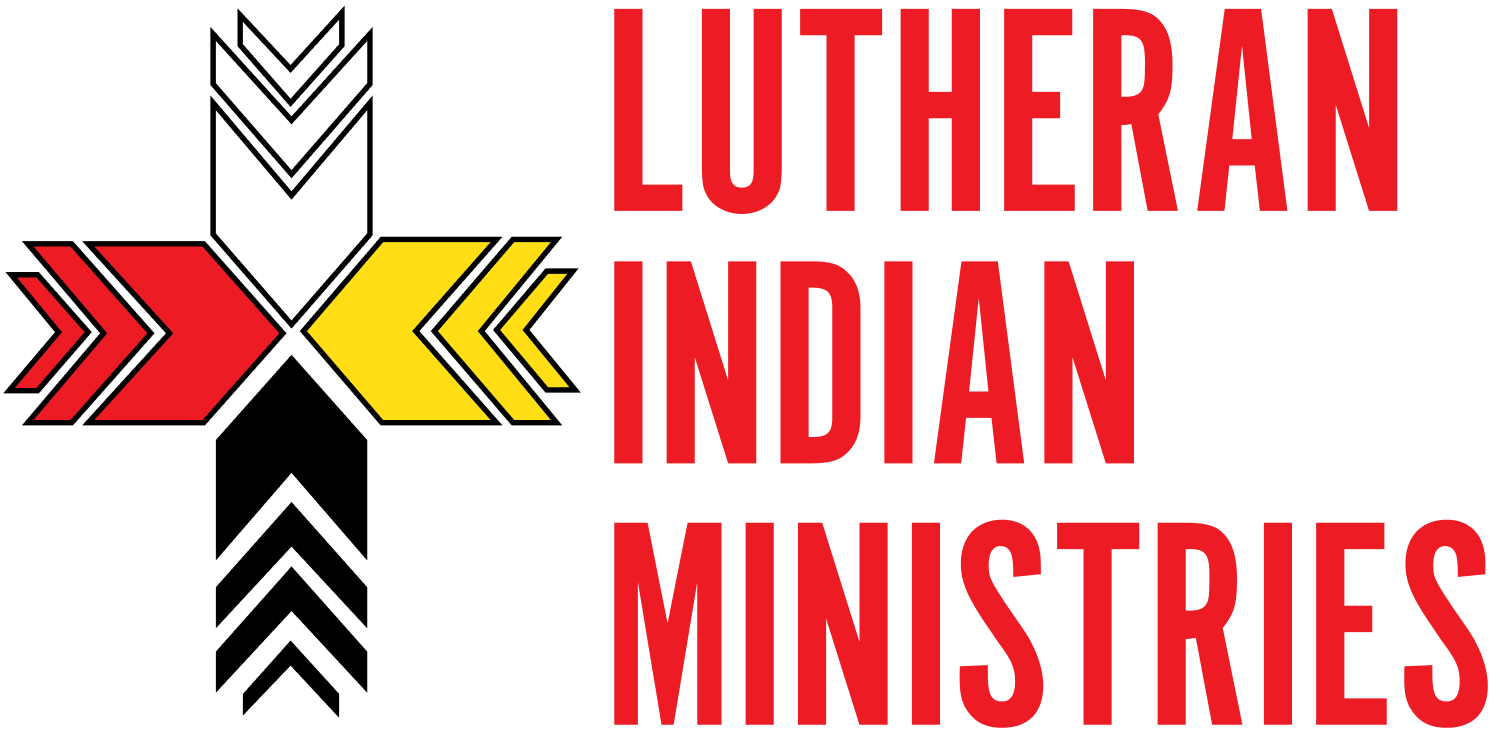This Week in Native American News (10/6/17): The Protectors, The Chiefs, and The Artists
Ocotber 6, 2017
Great People Doing Great Things: Teachers Use Their Evenings to Keep Students Safe
Teacher Greg Quachegan holds up pictures of two boys who died while attending school in Thunder Bay. The Star
It’s been four hours since classes got out at the Dennis Franklin Cromarty (DFC) school in Thunder Bay but for school support workers Steve Johnson, and Alison Taylor, work is just beginning.
Taylor and Johnson are part of an on-call team whose job it is to monitor the whereabouts of roughly 70 students from DFC, the First Nations school in Thunder Bay.
Every year dozens of youth from remote First Nation communities leave home in northwestern Ontario to go to high school in Thunder Bay.
Most make the trip alone. It can be a lonely existence – even deadly.
In the past 17 years, 11 First Nations youth have died near parks, and rivers in the city.
The on call program started in 2000 with the hopes of keeping students safe.
Read the full story here
One Offensive Sign Started a Conversation and Changed a City
A group of Native Americans sing as they play the Chiefs’ drum before a game at Arrowhead Stadium. John Sleezer/Kansas City Star
The sign at Sonic restaurant in Belton four years ago, on display on the day the Chiefs played at Washington, is how it started for John Learned.
“KC Chiefs will scalp the Redskins feed them whiskey send 2 reservation.”
Learned, founder and president of the American Indian Center of the Great Plains, was part of that gathering and became the group’s point person in subsequent dealings with the Chiefs. He wanted to know how the NFL organization felt about the issue and saw an opportunity to create a relationship with the team that used imagery some Native Americans found disparaging.
“We’ve looked for common ground,” Learned said.
Essentially, Native Americans told the Chiefs what they found particularly offensive, and the team listened and incorporated changes.
“We wanted to be educated on culture and traditions, but we also wanted to hear about their impressions of us,” Chiefs President Mark Donovan said. “We wanted to understand how it impacts others.”
Read the Full Story Here
Native Women were Portrayed Differently than Native Men in the 19th Century
Portrait of a young Choctaw woman, 1850 via Wikimedia Commons
What did nineteenth-century Americans know about Native Americans? For years, scholars have focused on stereotypes of indigenous Americans as brutal and sadistic—depictions that dominated press portrayals and that reverberate in culture to this day. But a look at those portrayals with an eye on gender reveals a slightly different story, writes Linda M. Clemmons—one that suggests Native American women were portrayed as equal with their white sisters.
Native American women were depicted as attractive, desirable, and pious. Their moral natures were celebrated in stories of their self-sacrifice and submission, and their beauty was described at length. Interestingly, that beauty was one that matched nineteenth-century beauty ideals for white women: light skin, carefully groomed hair, a thin and shapely body dressed in popular colors.
“The writers focused on physical attributes that linked [white and Native American] women together, rather than on their heritage,” Clemmons notes. The Native American women who white women encountered in women’s magazines were, in a sense, white women.
Read the Full Story Here
In Various Art News:
ART: The U.S. Department of Arts and Culture recently commissioned several Native artists to design posters as part of the #HonorNativeLand project, to encourage businesses, organizations, and individuals to learn about and respect the history of the indigenous nations where they are located. The artists are Bunky Echo-Hawk (Pawnee/Yakama), Marlena Myles (Spirit Lake Dakota/Mohegan/Muscogee), Keith BraveHeart (Oglala Lakota), and Bryan D. Parker (Muscogee/Choctaw/White Mountain Apache).
Read More and See the Designs
GAMING: Mulaka, an indie game from Mexico-based studio Lienzo, is the latest to join the digital preservation effort. A 3D action-adventure puzzle game, it centers around the Tarahumara indigenous culture that live alongside them in Chihuahua, Mexico. "We want the game to bring a spotlight to the Tarahumara, by giving their legends the Hollywood treatment — so to speak — that they deserve."
Read More
COOKING: From his home base in Minneapolis, Oglala Lakota chef and educator Sean Sherman's reach extends into many areas. He is studying and promoting indigenous North American foods with projects that range from pop-up dinners to plant taxonomy. The nonprofit he founded is developing various initiatives around food education and access in tribal regions. AND he’s also found the time to channel this work into a groundbreaking and tightly-researched new cookbook, The Sioux Chef's Indigenous Kitchen.
READ MORE -OR- BUY THE COOKBOOK
It's hard to fit so much news in such a small space.
To read all of this week's news, visit the LIM Magazine.
Sign up to get these emails in your inbox and never miss a week again!







